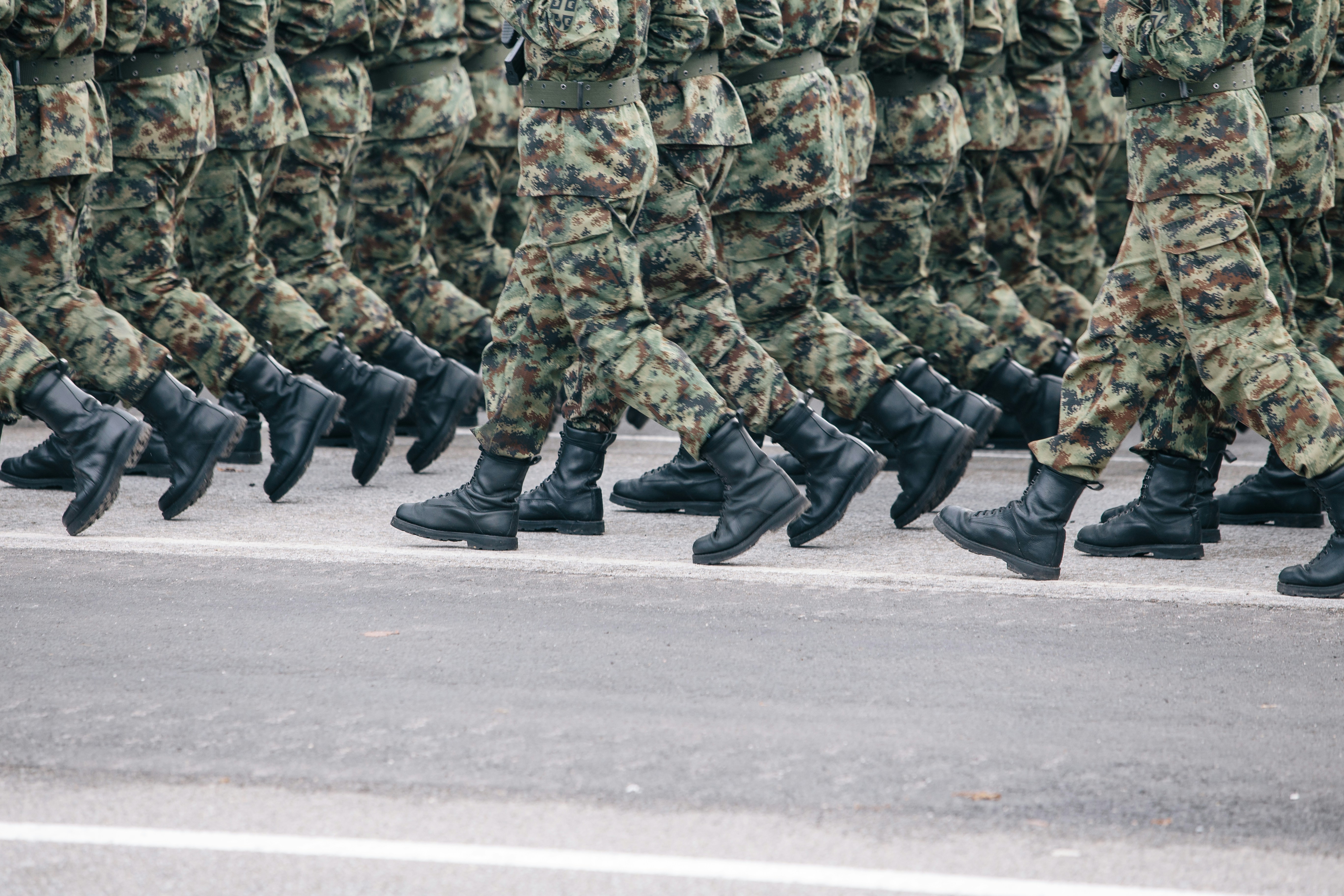Mold Crisis: Army Finds Hazardous Conditions in 2,100 Facilities
The United States Army has discovered mold in up to 2,100 of its facilities following a months-long service-wide inspection, service officials have confirmed. The inspections were conducted on nearly 70,000 buildings, which included barracks, childcare centres, and Army-owned housing, according to officials who spoke to Military Times via email.

The United States Army has discovered mold in up to 2,100 of its facilities following a months-long service-wide inspection, service officials have confirmed. The inspections were conducted on nearly 70,000 buildings, which included barracks, childcare centres, and Army-owned housing, according to officials who spoke to Military Times via email.
According to the Army, most buildings affected are located on installations in the south-eastern United States, such as Fort Bragg, North Carolina, and Fort Stewart, Georgia. Schofield Barracks, Hawaii, was also found to have a significant number of buildings with mold issues.
The inspection data offers a broad view of the mold issues plaguing the Army, which can directly impact soldiers’ health and safety. The inspections were announced in October after a series of reports by Military.com. Officials later extended the deadline for completion from late fall to early January to allow for a thorough review.

Mold growing in Fort Hood barracks. (Photo courtesy of Military Slumlords)
“The Army is committed to providing safe quality housing, barracks, and other facilities for our soldiers, families, and civilians,” said Sarah Luna, a spokesperson for the Army’s Installation Management Command. “A critical aspect of this commitment is ensuring all facilities are free of hazardous mold.”
Last fall, nearly 1,200 soldiers at Fort Bragg had to relocate to new living quarters after an inspection found desirable conditions for mold at the post’s Smoke Bomb Hill barracks. Senior Army planners met in Texas at the end of January to use information from the inspection process to assess the service’s infrastructure priorities.
“That data ensures we make the best possible decisions to focus Army funding on the most pressing needs,” said Paul Schaefer, a deputy director of logistics at Army Materiel Command, in an Army release.







Conversation